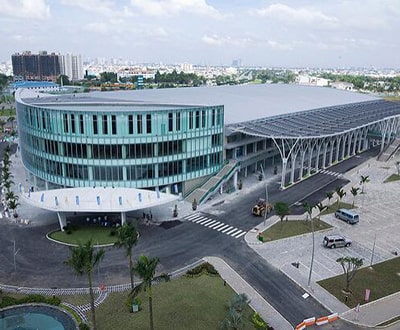The Benefits of Using Flow Wrapping vs. Tray Sealing for Protein Bars
Introduction
Protein bars are popular snacks for people on the go or looking for a quick source of protein. They are conveniently packaged and relatively easy to eat. But when it comes to packaging protein bars, there are two main options: flow wrapping and tray sealing.
Flow Wrapping
Flow wrapping is a type of packaging in which the product is wrapped in a continuous sheet of flexible material, such as plastic or foil. The material is fed from a roll and wrapped around the product, which is then sealed with heat or glue. Flow wrapping is a relatively fast and efficient packaging method, and it can be used to package a variety of products, including protein bars.
Benefits of Flow Wrapping Protein Bars
Speed and efficiency: Flow wrapping is a relatively fast and efficient packaging method, which can help to reduce production time and costs.
Versatility: Flow wrapping can be used to package a variety of products, including protein bars, candy bars, and other snacks.
Cost-effectiveness: Flow wrapping is a relatively cost-effective packaging method, which can help to reduce overall packaging costs.
Protection: Flow wrapping can help to protect protein bars from moisture, oxygen, and other environmental factors.
Convenience: Flow-wrapped protein bars are easy to open and eat, which makes them a convenient snack for people on the go.
Tray Sealing
Tray sealing is a type of packaging in which the product is placed in a pre-formed tray and then sealed with a lid. The lid is typically made of plastic or foil, and it is sealed to the tray with heat or glue. Tray sealing is a relatively slow and labor-intensive packaging method, but it can provide a higher level of protection for the product.
Benefits of Tray Sealing Protein Bars
Protection: Tray sealing can provide a higher level of protection for protein bars than flow wrapping. The lid of the tray helps to protect the product from moisture, oxygen, and other environmental factors, which can help to extend the shelf life of the product.
Durability: Tray-sealed protein bars are more durable than flow-wrapped protein bars, which makes them less likely to be damaged during shipping or handling.
Presentation: Tray-sealed protein bars have a more premium appearance than flow-wrapped protein bars, which can make them more appealing to consumers.
Resealability: Tray-sealed protein bars can be resealed after they are opened, which makes them convenient for people who want to eat the bar in multiple servings.
Flow wrapping and tray sealing are both viable options for packaging protein bars. However, each method has its own unique advantages and disadvantages. Flow wrapping is a faster, more efficient, and more cost-effective option, while tray sealing provides a higher level of protection and durability. Ultimately, the best packaging method for protein bars will depend on the specific needs of the manufacturer and the consumer.
-
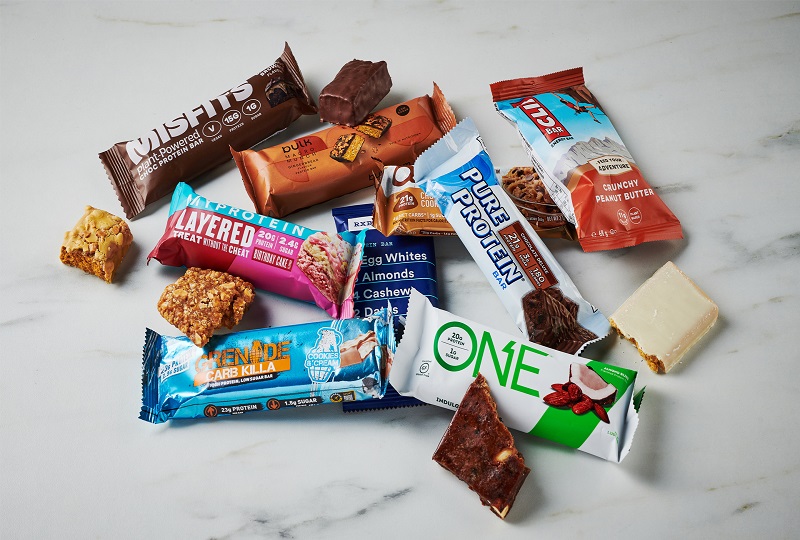 01
01Further Discussion About Protein Bar Packing Machinery
27-02-2024 -
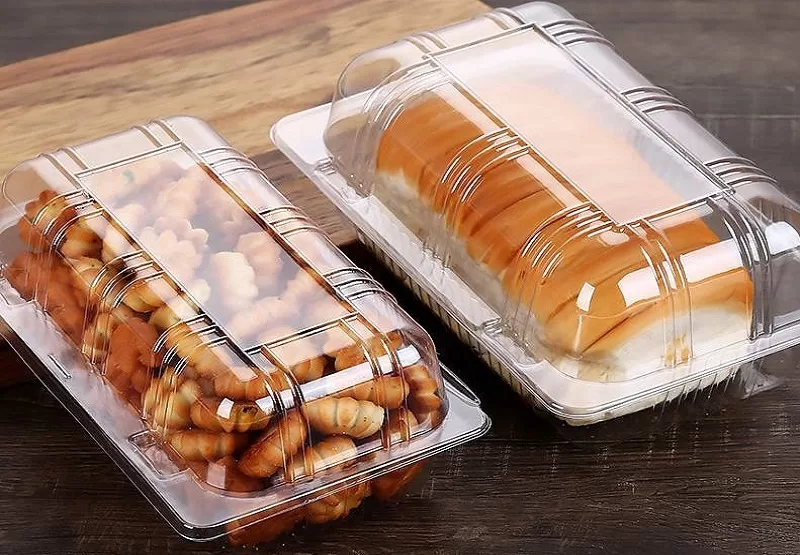 02
02Sustain The Best Crispy With Automatic Packaging Machines
29-01-2024 -
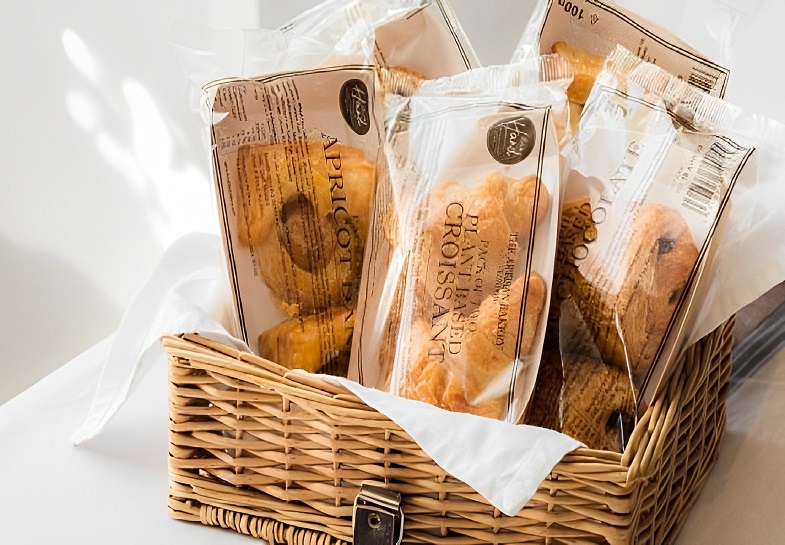 03
03Bread Packing Machine For Bakery Business
19-01-2024 -
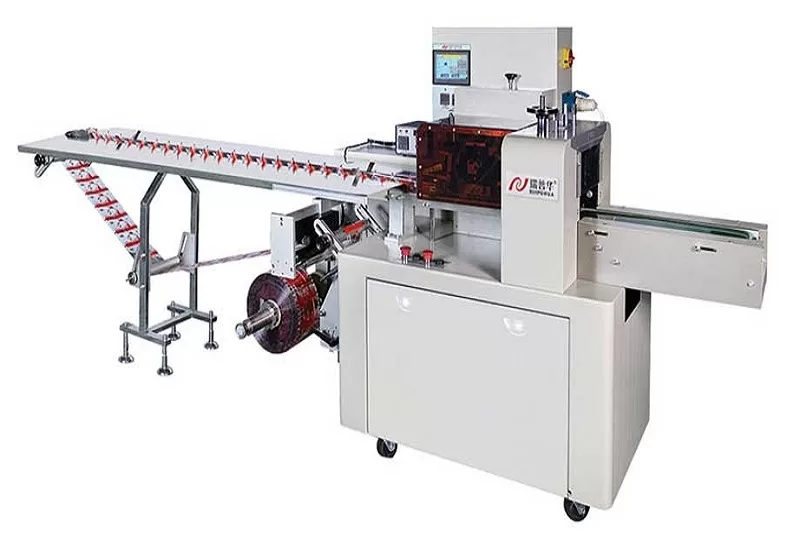 04
04How Flow Wrappers Are Adapting to Changing Trends
01-11-2023 -
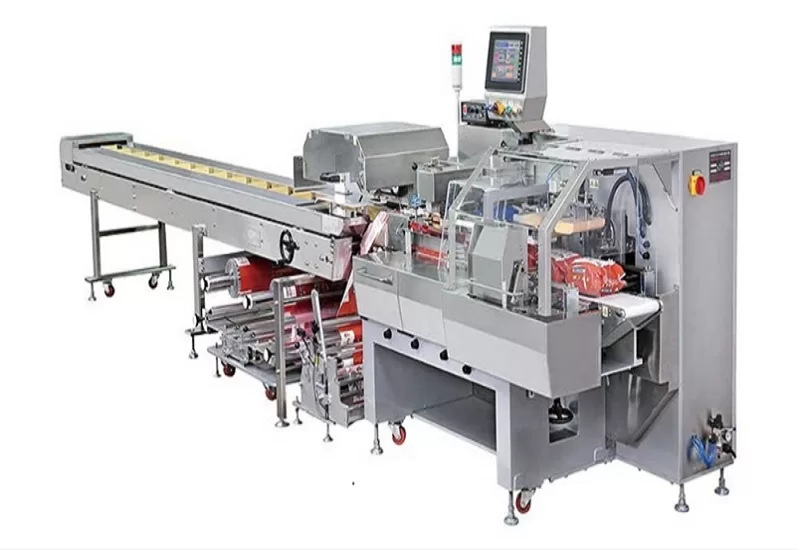 05
05The Comprehensive Guide to Packaging Machinery
31-10-2023 -
 06
06Automatic Cookie Packaging System Performance
01-09-2023 -
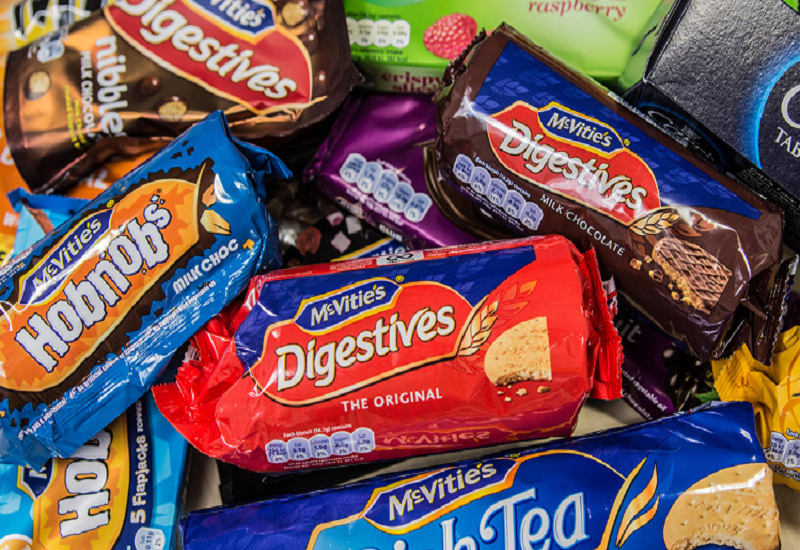 07
07Streamlining Biscuit Packaging with Multipack Biscuit Packaging Machines
25-08-2023 -
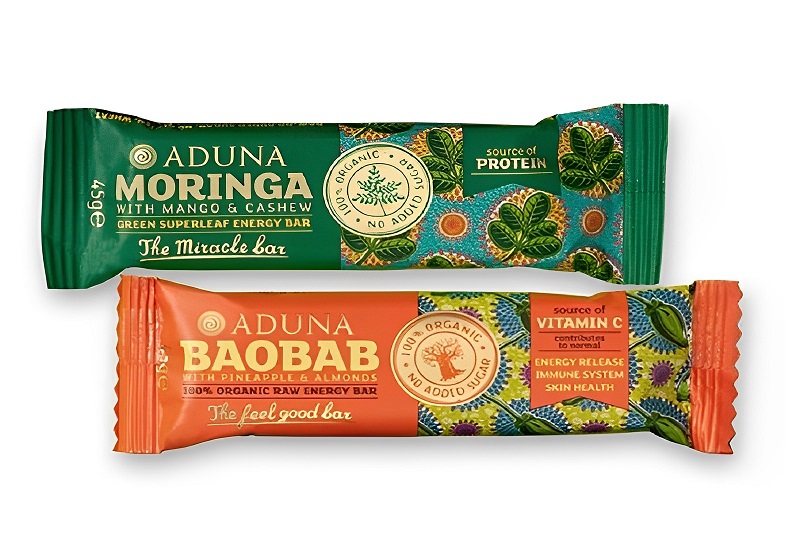 08
08From Assembly To Shipping: The Energy Bar Packaging Machine Does All
28-02-2023 -
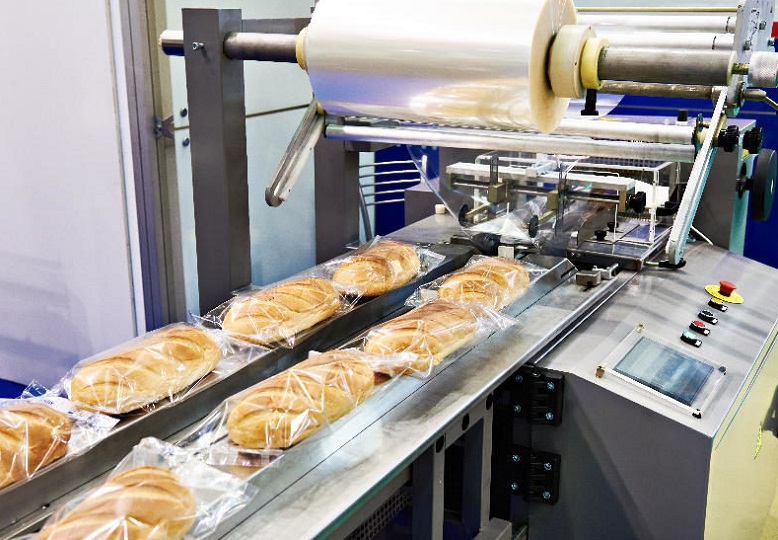 09
09Maximizing Efficiency With Food Packaging Machine Technology
22-02-2023 -
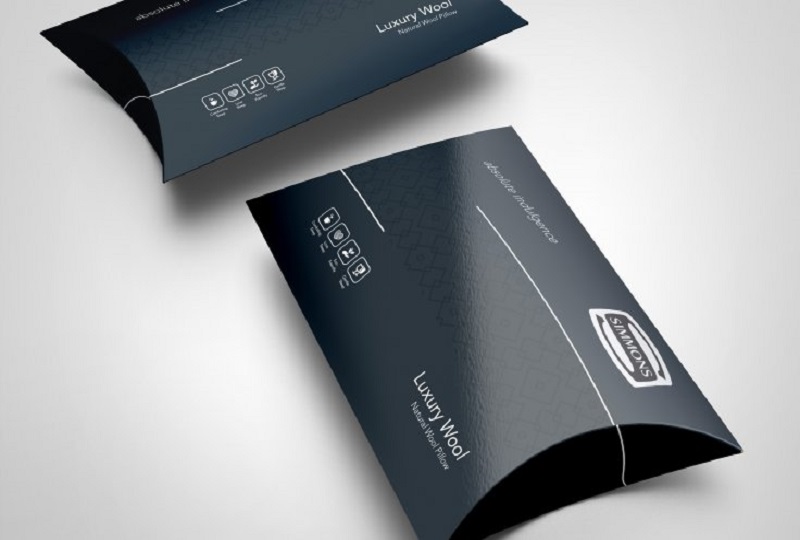 10
10Clients Hunt For Professional And Functional Packaging Machine
10-11-2022



